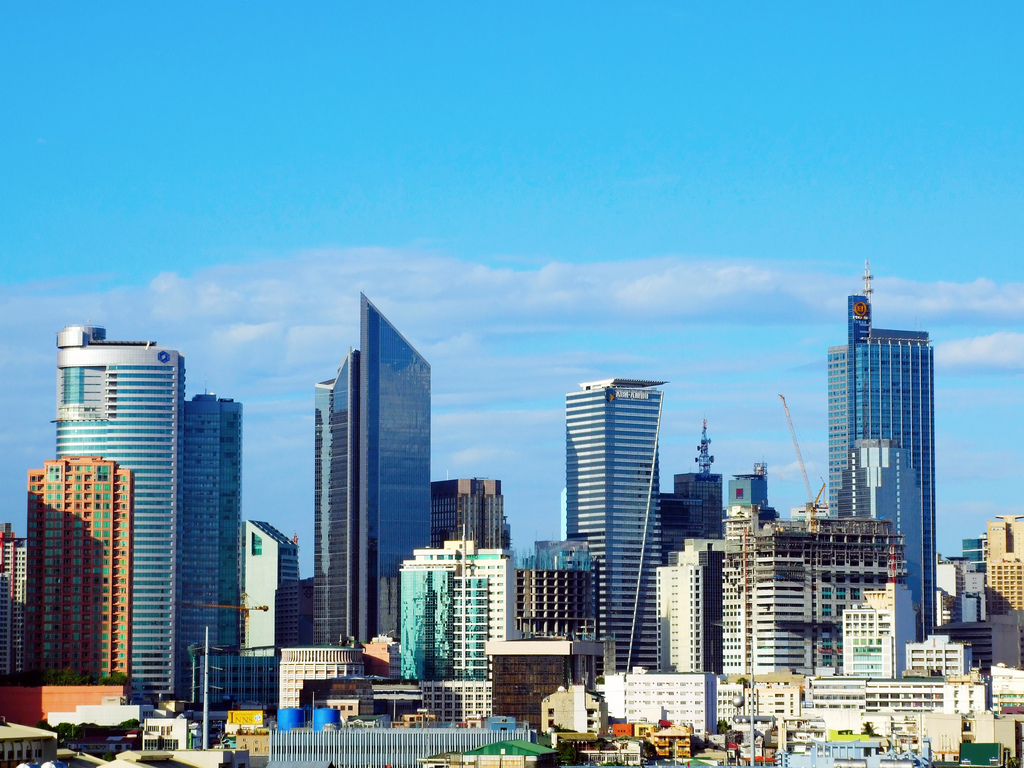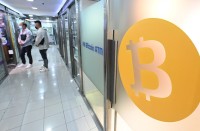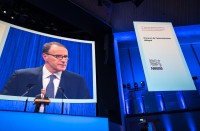
(Eagle News) — The country’s Gross Domestic Product (GDP) grew year-on-year by 7.1 percent in the third quarter of 2016, which comprised the first three months of the administration of President Rodrigo Duterte, according to the Philippine Statistics Authority.
The growth in the Philippine economy was notable as it was higher than the growth rates of 7.0 percent in the second quarter of 2016, and 6.2 percent in the third quarter of 2015.
With this development, the Philippines became developing Asia’s fastest-growing major economy in Duterte’s first three months, officials said Thursday, even as his fiery rhetoric hit the peso and stock prices.
“This growth is driven by Manufacturing, Trade, and Real Estate, Renting and Other Business Activities. This is higher than the growth rates of 7.0 percent in the second quarter of 2016 and 6.2 percent in the third quarter of 2015,” said National Statistician and Civil Registrar General Lisa Grace Bersales in a statement.
The economy expanded 7.1 percent on-year in July-September, beating the consensus forecast of 6.8 percent, Economic Planning Undersecretary Rosemarie Edillon said.
That was faster than China’s 6.7 percent and beat other major emerging economies for the same period, Edillon said in a statement. India is due to report at the end of the month.

The Philippines became developing Asia’s fastest-growing major economy in President Rodrigo Duterte’s first three months in office, officials said on November 17, even as his fiery rhetoric hit the peso and stock prices. / AFP PHOTO / TED ALJIBE
According to the PSA, among the major sectors, it was the “services” sector which posted a growth of 6.9 percent in the third quarter of 2016, lower than the 7.2 percent growth in the previous year.
The “industry” sector also accelerated to 8.6 percent compared with 6.1 percent in 2015.
Meanwhile, after five consecutive quarters of decline, the sector of “agriculture” surprisingly rebounded to 2.9 percent under the Duterte administration, or in the third quarter of 2016. In the same period last year, it declined by 0.1 percent.
Gross National Income (GNI) also grew by 6.3 percent. This was after the Net Primary Income (NPI) slowed down to 2.5 percent in the third quarter of 2016 compared with 6.8 percent in 2015.
“With the country’s projected population reaching 103.5 million in the third quarter of 2016, per capita GDP and per capita GNI grew by 5.3 percent and 4.6 percent, respectively. These are both higher than the respective growth of 4.4 percent and 4.5 percent in 2015,” the PSA said.
Economy’s growth surprises financial markets
The news about the surge of the country’s economy even surprised experts after Duterte sparked concerns among foreign investors over his controversial war on drug crime and a decision to pick fights with the United States and the United Nations on the issue.
“All things considered, our economy’s strong growth in the third quarter is a very good sign of things to come,” Edillon added.
The country needed 6.9 percent growth in final three months of the year to hit the top end of its 6-7 percent target, she said.
Edillon said strong investment growth, particularly in construction and infrastructure, along with upbeat consumer spending drove the expansion, encouraged by low inflation and low interest rates.
Exports jumped 7.8 percent.
While the growth of salary remittances by the country’s huge overseas work force slowed, this was balanced out by a 2.9 percent growth on-year in agriculture, reversing five straight quarters of decline caused by typhoons and drought.
“It was a surprise for the financial markets,” First Grade Holdings securities analyst Astro del Castillo told AFP, referring to the growth figure.
“It affirms our view that fundamentals remain intact despite the political noise.”
The country’s stock market, which is at a seven-month low, rose one percent Thursday but the peso remains stuck near eight-year lows, with analysts blaming political developments as well as expectations the United States will raise interest rates.
The greenback was up 0.2 percent at 49.40 pesos in late morning trade, with analysts warning it could surge to 50 pesos by the end of the year.
In concerns echoed by other foreign business groups, international credit rating agency Standard & Poor’s warned in September that Duterte’s crime war threatened the Philippine economy and endangered its democratic institutions.
(with a report from Agence France Presse)







